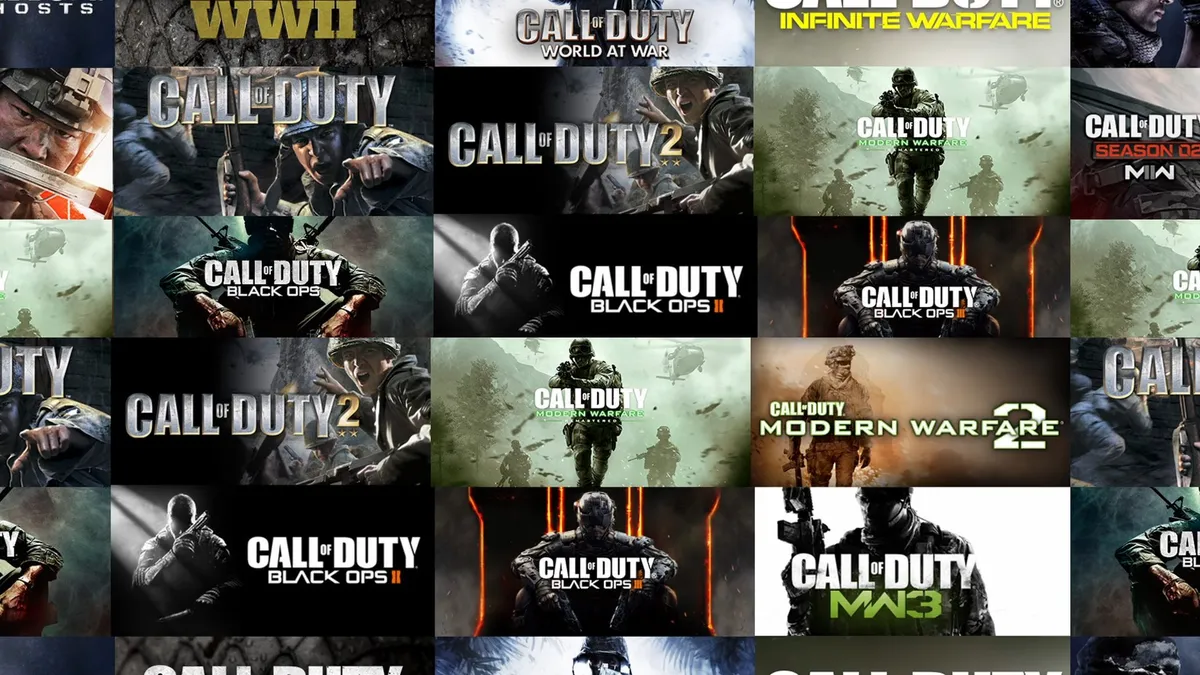Since its inception in 2003, the “Call of Duty” (CoD) franchise has become a cornerstone of the first-person shooter genre, captivating millions of players worldwide.
Spanning over two decades, this series has evolved from its initial World War II setting to explore various historical, modern, and futuristic settings. The franchise is quite numerous, like the Assassin’s Creed franchise.
Since there are so many titles for you to check out, we want to provide you with some help. We will enlist all the installments in the franchise. Without further ado, let us begin.
Call of Duty (2003)
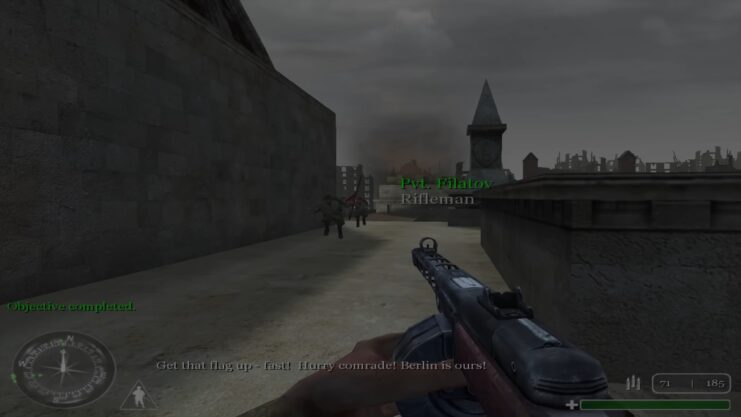
The original “Call of Duty” game, released in 2003, marked the beginning of what would become one of the most influential series in gaming history. Set during World War II, it offered players a unique and immersive experience by presenting the war from multiple perspectives: American, British, and Soviet.
This approach allowed for a diverse range of combat scenarios and storytelling, setting a high standard for narrative depth in first-person shooters. The game was also notable for its multiplayer component, which laid the groundwork for future titles in the series.
Notable Features:
- Multiple perspectives (American, British, Soviet)
- Immersive WWII campaigns
- Introduction of multiplayer gameplay
Call of Duty 2 (2005)
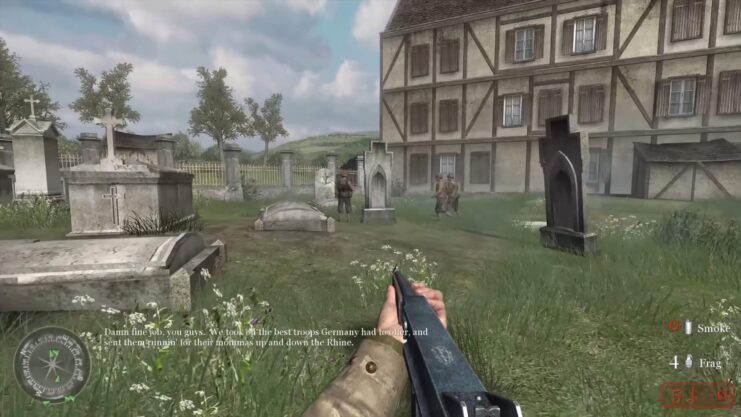
“Call of Duty 2,” released in 2005, built upon the success of its predecessor by enhancing the graphical fidelity and gameplay mechanics. The game remained set in World War II, but with improved visuals and AI, it offered a more realistic and intense combat experience.
It was the first in the series to appear on consoles, broadening its audience. The introduction of regenerating health and a grenade danger indicator were significant gameplay advancements that influenced many future FPS games.
Notable Features:
- First series appearance on consoles
- Enhanced graphics and AI
- Introduction of regenerating health and grenade danger indicator
Call of Duty 3 (2006)
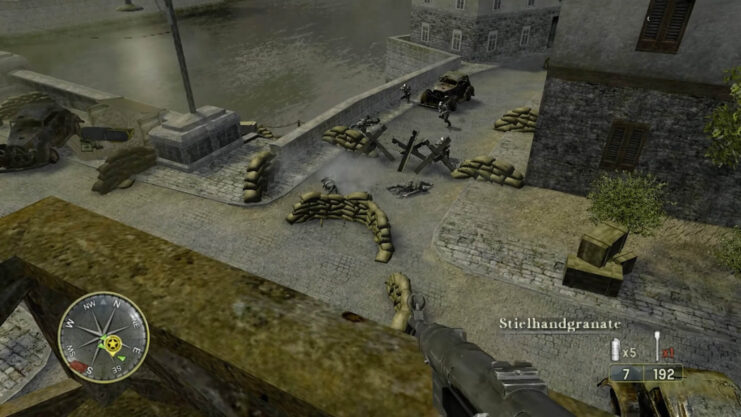
Released in 2006, “Call of Duty 3” continued the series’ focus on World War II. Developed by Treyarch, this installment was significant for moving the series into a yearly release schedule.
The game expanded on the multiplayer aspect, which began to play a more significant role, setting the stage for the series’ future focus on online gameplay. The game’s development also marked the beginning of alternating developers for the series, a pattern that would continue in subsequent years.
Notable Features:
- Developed by Treyarch
- Enhanced multiplayer experience
- Beginning of the yearly release schedule
Call of Duty 4: Modern Warfare (2007)

“Call of Duty 4: Modern Warfare,” released in 2007, was a groundbreaking entry in the series. It shifted the setting from World War II to modern times, bringing a fresh narrative and contemporary combat scenarios.
The game was critically acclaimed for its engaging story, memorable characters, and innovative multiplayer mode. It redefined the FPS genre and established “Modern Warfare” as a sub-brand within the “Call of Duty” series, revered for its quality and impact on gaming culture.
Notable Features:
- Shift to a modern-day setting
- Engaging narrative and characters
- Revolutionary multiplayer mode
Call of Duty: World at War (2008)
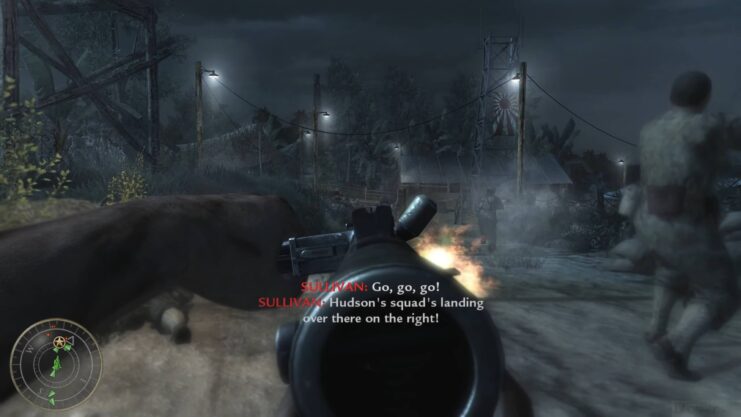
“Call of Duty: World at War,” released in 2008, marked a return to the World War II setting but with significant enhancements. It introduced the now-famous Nazi Zombies mode, adding a new dimension to the series with its cooperative gameplay.
The game also continued the trend of offering multiple modes: campaign, multiplayer, and co-op, each with its unique appeal. The use of progression and perks systems, introduced in “Modern Warfare,” was applied to the WWII setting, offering a more engaging and customizable experience.
Notable Features:
- Introduction of Nazi Zombies mode
- Multiple gameplay modes (campaign, multiplayer, co-op)
- Application of progression and perks systems to WWII setting
Call of Duty: Modern Warfare 2 (2009)
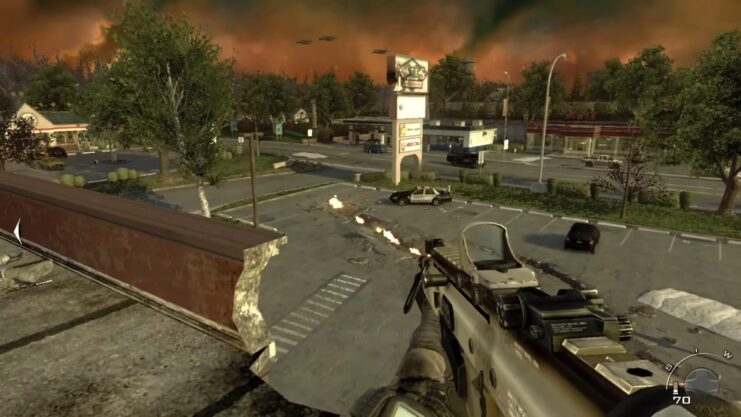
“Call of Duty: Modern Warfare 2,” released in 2009, built on the success of its predecessor with a gripping narrative and enhanced multiplayer experience. The game is often celebrated for its well-crafted story, featuring intense and memorable missions.
In multiplayer, it introduced iconic maps like Rust, Highrise, and Favela, which remain popular among fans. The game’s success solidified “Modern Warfare” as a cornerstone of the “Call of Duty” franchise, setting high standards for future FPS games.
Notable Features:
- Engaging and intense story
- Iconic multiplayer maps
- Significant advancements in gameplay and graphics
Call of Duty: Black Ops (2010)
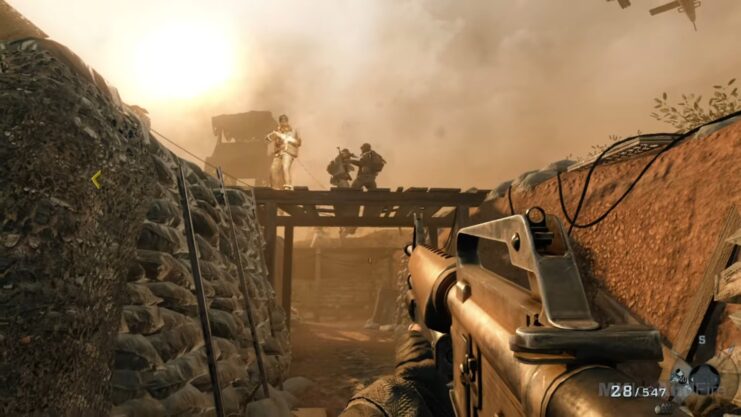
Released in 2010, “Call of Duty: Black Ops” took the series into the Cold War era, offering a unique blend of historical and fictional events. The game’s campaign was known for its engaging storytelling and plot twists, making it one of the most memorable in the series.
The Zombies mode was expanded, adding more depth and replayability. “Black Ops” also marked the beginning of a new sub-series within the franchise, known for its distinct style and narrative approach.
Notable Features:
- Cold War era setting
- Engrossing campaign with plot twists
- Expanded Zombies mode
Call of Duty: Modern Warfare 3 (2011)
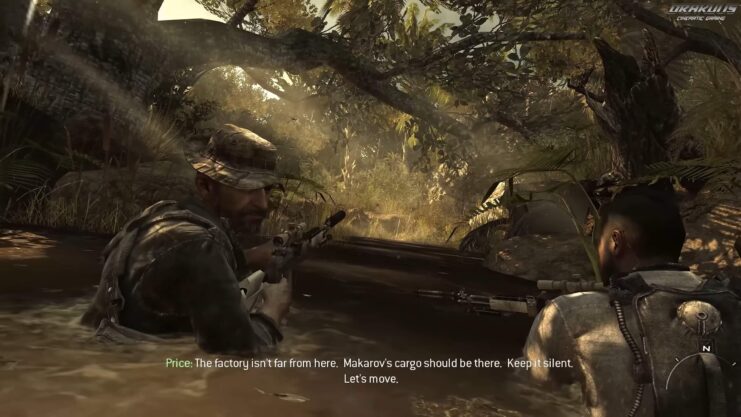
“Call of Duty: Modern Warfare 3,” released in 2011, concluded the original “Modern Warfare” trilogy. The game continued the narrative from the previous installments, offering a satisfying conclusion to the story.
Its multiplayer component was also well-received, featuring a diverse collection of maps and weapons. The game maintained the high standards of the series, offering a polished and comprehensive FPS experience that appealed to both long-time fans and newcomers.
Notable Features:
- Conclusion of the “Modern Warfare” trilogy
- Diverse and engaging multiplayer component
- Polished overall gameplay experience
Call of Duty: Black Ops II (2012)
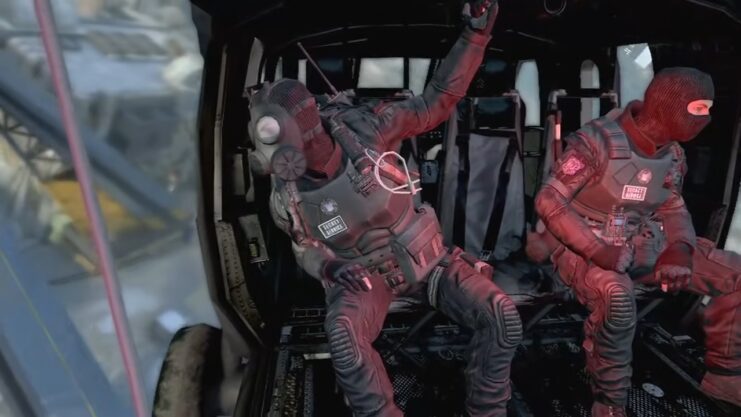
In 2012, “Call of Duty: Black Ops II” was released, continuing the story of the first “Black Ops” game while also introducing futuristic elements. The game featured a branching campaign with multiple endings, adding significant replay value.
Its multiplayer mode was praised for the innovative “Pick 10” system, which allowed for greater customization of player loadouts. “Black Ops II” remains one of the best-selling entries in the series, known for its compelling narrative and addictive multiplayer gameplay.
Notable Features:
- Branching campaign with multiple endings
- Introduction of the “Pick 10” system in multiplayer
- A blend of historical and futuristic settings
Call of Duty: Ghosts (2013)
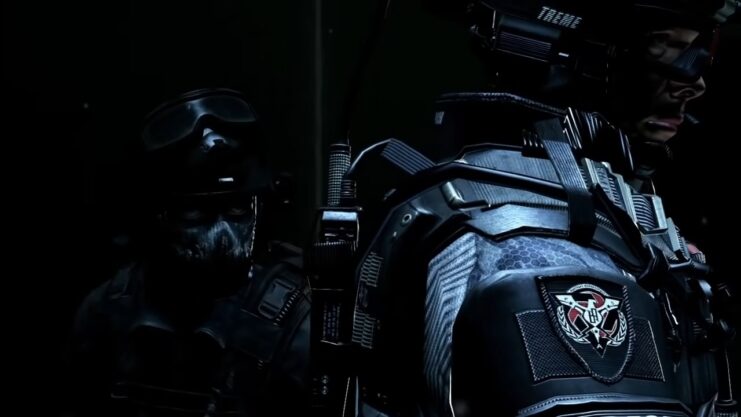
“Call of Duty: Ghosts,” released in 2013, introduced a new narrative outside the existing “Modern Warfare” and “Black Ops” storylines. Set in a near-future world, it featured a unique storyline involving a devastated United States and a South American alliance.
The game introduced new gameplay elements, such as space and underwater missions, and a military-trained German shepherd named Riley. Despite mixed reviews, “Ghosts” was notable for its attempt to innovate within the series.
Notable Features:
- New narrative outside existing sub-series
- Space and underwater missions
- Introduction of Riley, the military-trained German shepherd
Call of Duty: Advanced Warfare (2014)
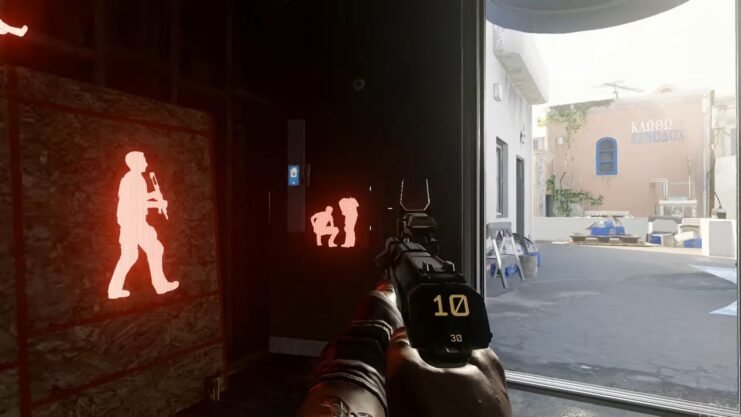
“Call of Duty: Advanced Warfare,” released in 2014, marked a significant shift for the series into a more futuristic setting. The game introduced Exo Suits, which revolutionized gameplay with enhanced mobility and new combat dynamics.
Set 40 years in the future, it featured Kevin Spacey as a key character, adding a cinematic quality to the narrative. The game’s focus on futuristic technology and warfare represented a bold step for the franchise, exploring new possibilities in both story and gameplay.
Notable Features:
- Introduction of Exo Suits for Enhanced Mobility
- Futuristic setting with advanced technology
- Kevin Spacey’s involvement adds cinematic depth
Call of Duty: Black Ops III (2015)
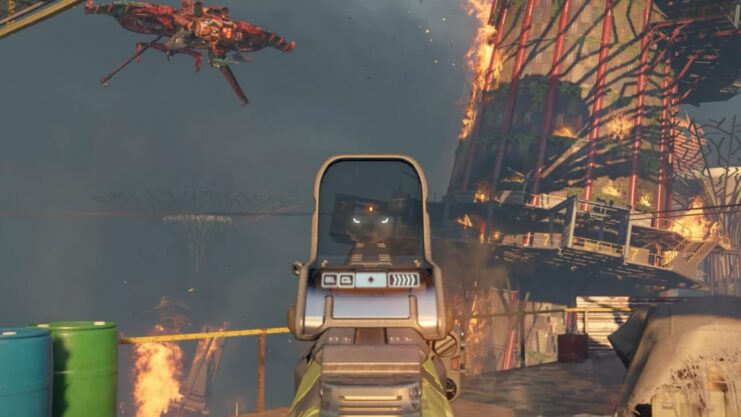
Released in 2015, “Call of Duty: Black Ops III” continued the futuristic theme of its predecessor, set in a dystopian future where bio-augmentation and cybernetic enhancements are prevalent. The game was notable for its “Specialists” system, where players could choose from unique characters, each with their special abilities and weapons.
The Zombies mode was further expanded, offering a more intricate and story-driven experience. Black Ops III was praised for its rich content and the depth of its multiplayer modes.
Notable Features:
- The dystopian, cybernetic future setting
- Specialists system with unique abilities
- Expanded and story-driven Zombie mode
Call of Duty: Infinite Warfare (2016)
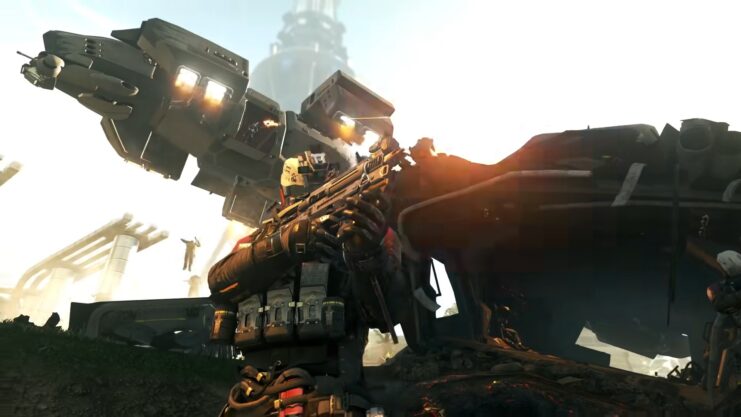
“Call of Duty: Infinite Warfare,” released in 2016, took the series even further into the future, featuring space combat and a sci-fi setting. The game’s campaign was notable for its narrative and the inclusion of Kit Harington as the antagonist.
Despite mixed reactions from fans due to its futuristic setting, Infinite Warfare was praised for its bold storytelling and the introduction of new gameplay elements, such as zero-gravity environments and space dogfights.
Notable Features:
- Space combat and sci-fi setting
- Zero-gravity environments and space dogfights
- Kit Harington as the main antagonist
Call of Duty: WWII (2017)
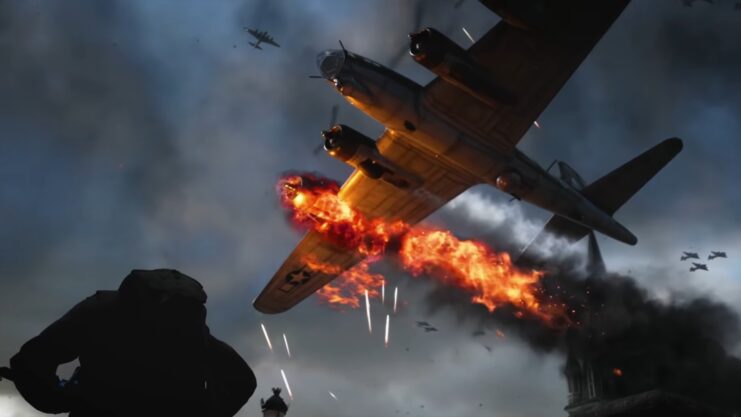
In 2017, “Call of Duty: WWII” marked a return to the series’ roots with a setting in World War II. This installment focused on delivering a more authentic and historically accurate portrayal of the war.
The game was praised for its visceral and immersive campaign, as well as the introduction of the “War” multiplayer mode, which emphasized team-based objectives. “WWII” was seen as a refreshing return to classic “Call of Duty” gameplay, focusing on “boots on the ground” combat.
Notable Features:
- Return to World War II setting
- Emphasis on historical accuracy and immersion
- Introduction of the “War” multiplayer mode
Call of Duty: Black Ops 4 (2018)
“Call of Duty: Black Ops 4,” released in 2018, was a significant entry as it was the first in the series to forgo a traditional single-player campaign. Instead, it focused heavily on multiplayer modes, including the introduction of “Blackout,” the series’ first battle royale mode.
This mode combined elements from the entire Black Ops series, offering a large-scale survival experience. The game also continued the tradition of a rich Zombies mode, with new narratives and challenges.
Notable Features:
- First series entry without a traditional single-player campaign
- Introduction of “Blackout” battle royale mode
- Rich and narrative-driven Zombie mode
Call of Duty Mobile (2019)
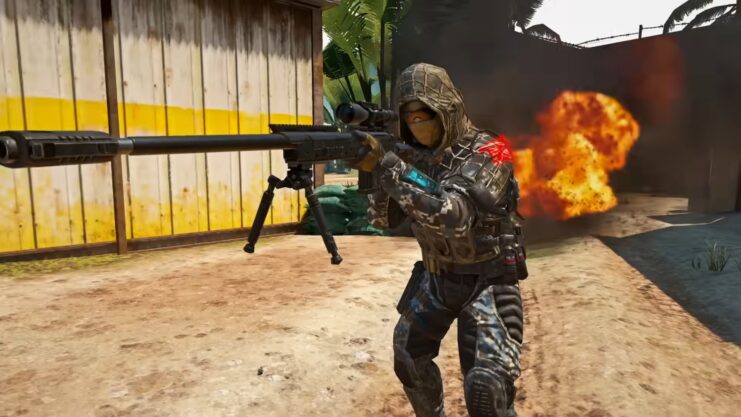
“Call of Duty Mobile,” launched in 2019, brought the iconic franchise to the mobile gaming platform. This free-to-play title amalgamated popular maps, modes, weapons, and characters from across the Call of Duty universe, offering a comprehensive CoD experience on mobile devices.
It featured various multiplayer modes, including the fan-favorite battle royale, and quickly became a massive success, showcasing the franchise’s adaptability and appeal in the mobile gaming market.
Notable Features:
- Comprehensive Call of Duty experience on mobile
- Variety of multiplayer modes including battle royale
- Integration of elements from various CoD games
Call of Duty: Modern Warfare (2019)

The 2019 “Call of Duty: Modern Warfare” was a soft reboot of the Modern Warfare sub-series, offering a fresh take on its narrative and characters. It was praised for its realistic and morally complex storyline, as well as its photorealistic graphics.
The game also introduced new multiplayer modes and mechanics, including a 2v2 gunfight mode and larger-scale battles. Its realism and attention to detail in both single-player and multiplayer modes were highly acclaimed.
Notable Features:
- Realistic and morally complex narrative
- Photorealistic graphics and new multiplayer modes
- A reimagining of the Modern Warfare series
Call of Duty: Warzone (2020)
“Call of Duty: Warzone,” released in 2020, was a free-to-play battle royale game that quickly became a cultural phenomenon. Integrating with both “Modern Warfare” (2019) and later “Black Ops Cold War” offered a massive combat experience with up to 150 players per match.
Warzone stood out for its cross-platform playability and the introduction of unique mechanics like the Gulag, where eliminated players could duel for a chance to rejoin the game.
Notable Features:
- Free-to-play battle royale format
- Cross-platform play and large player count
- Unique mechanics like the Gulag
Call of Duty: Black Ops Cold War (2020)

“Call of Duty: Black Ops Cold War,” released in 2020, was a direct sequel to the original “Black Ops” game. Set in the early 1980s, it continued the narrative with a mix of historical events and espionage.
The game was notable for its integration with “Warzone,” allowing players to use their load-outs and progress across both titles. It also featured the return of the Zombies mode with new storylines and gameplay mechanics.
Notable Features:
- Set in the 1980s with a mix of history and espionage
- Integration with “Warzone” for unified progression
- Return and expansion of the Zombies mode
Call of Duty: Vanguard (2021)
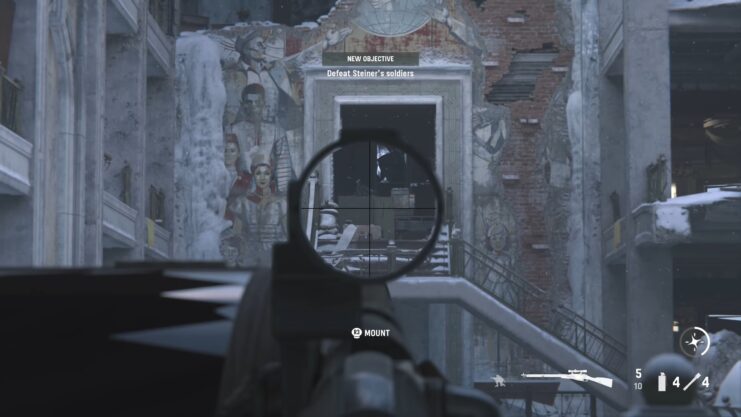
Released in 2021, “Call of Duty: Vanguard” revisited the World War II setting but with a focus on different fronts and new characters, including some based on real historical figures. The game aimed to provide a more global perspective of the war.
It featured a campaign mode, multiplayer with new maps and modes, and an integrated Zombies experience developed by Treyarch. Despite its ambitious scope, “Vanguard” received mixed reviews, with some criticism directed at its lack of innovation.
Notable Features:
- Global perspective on World War II
- New characters and fronts
- Integrated Zombies experience by Treyarch
Call of Duty: Modern Warfare 2 (2022)
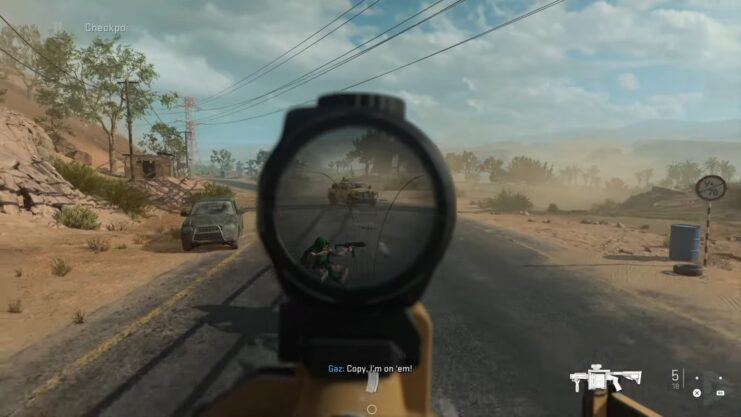
“Call of Duty: Modern Warfare 2,” released in 2022, continued the narrative from the 2019 reboot of the Modern Warfare series. It set new records in the franchise for its commercial success, reflecting the enduring popularity of the Modern Warfare storyline.
It was notable for its engaging campaign, which included a mix of stealth missions and high-octane action sequences. In multiplayer, it introduced new maps and modes, further refining the gameplay experience that fans of the series have come to expect.
Notable Features:
- Continuation of the Modern Warfare reboot storyline
- A mix of stealth and action in the campaign
- New maps and modes in multiplayer
Call of Duty: Warzone 2.0 (2022)

“Call of Duty: Warzone 2.0,” launched in 2022, was an evolution of the original Warzone battle royale experience. While retaining many core principles that made the original popular, Warzone 2.0 introduced changes to gameplay, focusing on a more traditional Battle Royale experience.
It featured enhanced looting systems, new weapons, and maps. The game was also anticipated to integrate extensively with the upcoming “Modern Warfare 3,” further expanding the Warzone universe.
Notable Features:
- Evolution of the original Warzone battle royale format
- Enhanced looting system and new weapons
- Anticipated integration with “Modern Warfare 3”
Call of Duty: Modern Warfare 3 (2024)
Set to release in 2024, “Call of Duty: Modern Warfare 3” is another reboot, following the success of “Modern Warfare 2” (2022). Developed by Sledgehammer Games, this installment aims to return to the roots of the franchise, featuring classic elements like a traditional minimap, perk system, and map voting.
It promises to bring back the original “Modern Warfare 2” launch map lineup, alongside new features like an increased health pool, reworked load-outs, and After-Market Parts.
Notable Features:
- Reboot of the Modern Warfare series
- Return to classic franchise features
- New gameplay elements and maps
FAQs
What CoD game do I start with?
Start with “Call of Duty 4: Modern Warfare.” It’s a pivotal game in the series that modernizes gameplay and is accessible for new players. It offers a balance of engaging story and robust multiplayer, making it a great entry point.
Why is Call of Duty rated 18?
“Call of Duty” games are rated 18 due to mature content, including realistic violence, strong language, and sometimes graphic scenes. These elements are intended for a mature audience and may not be suitable for younger players.
Does every CoD game have a story?
Almost every “Call of Duty” game features a story or campaign mode, except “Call of Duty: Black Ops 4,” which focused exclusively on multiplayer and battle royale modes without a traditional single-player story.
Who owns CoD?
“Call of Duty” is owned by Activision Blizzard, Inc. The franchise is developed by several studios under Activision, including Infinity Ward, Treyarch, and Sledgehammer Games, depending on the specific title.
Summary
The “Call of Duty” series, with its history spanning over 20 years, has firmly established itself as a titan in the gaming industry.
The franchise continues to stand as a testament to the evolution of video gaming, continually adapting and reinventing itself to remain at the forefront of the first-person shooter genre.

